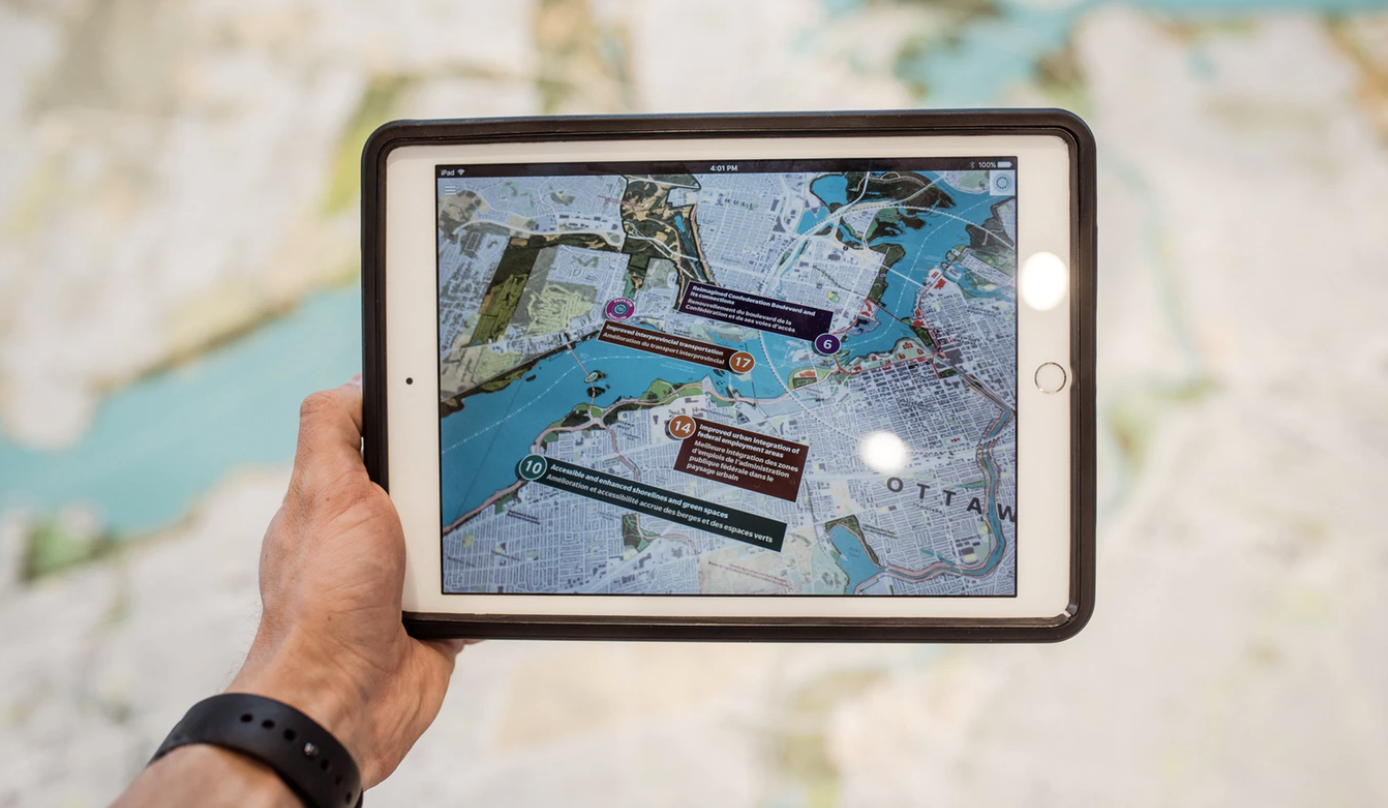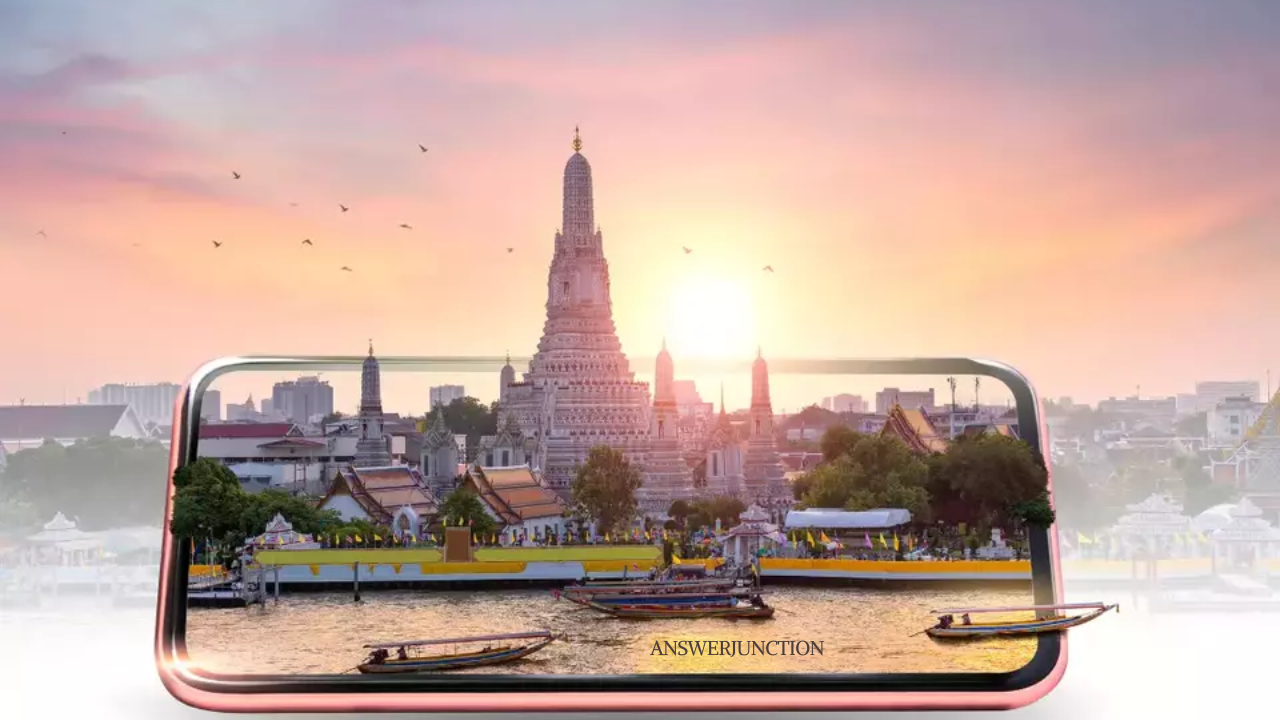In recent years, the tourism industry has experienced a significant transformation, largely driven by advancements in technology. Among these advancements, augmented reality (AR) stands out as a game-changer, reshaping how travellers interact with destinations. AR overlays digital information onto the physical world, providing immersive experiences that enhance exploration, education, and engagement. As tourists seek deeper connections with their travel experiences, AR has emerged as a powerful tool, offering innovative ways to discover history, culture, and local attractions. This article explores how augmented reality is redefining travel experiences, its benefits, applications in tourism, challenges, and the future of AR in this vibrant industry.
Understanding Augmented Reality
To fully appreciate the impact of augmented reality in tourism, it is essential to understand what AR entails. Augmented reality is a technology that blends digital content with the real world. Unlike virtual reality, which creates a completely immersive environment, AR enhances the user’s perception of their surroundings by adding layers of digital information, such as images, videos, and sounds. This technology can be experienced through smartphones, tablets, and AR glasses, allowing users to engage with their environment in unprecedented ways. By merging the virtual and physical realms, AR creates opportunities for interactive storytelling and meaningful interactions with cultural landmarks, historical sites, and natural wonders.
Enhancing Cultural and Historical Experiences
One of the most compelling applications of augmented reality in tourism is its ability to enhance cultural and historical experiences. Many travelers seek a deeper understanding of the places they visittravellersprovides a unique solution. For instance, imagine standing in front of a centuries-old castle and using an AR application to view a 3D reconstruction of its original architecture. This visualization can transport users back in time, allowing them to witness the structure’s grandeur in its prime. Historical AR apps often include audio guides, animations, and informative overlays that narrate the stories of significant events, figures, and cultural practices associated with the site.
Destinations such as Rome, Paris, and Jerusalem have begun to adopt AR technology in their tourism strategies. In Rome, the Colosseum has integrated AR experiences that reveal how gladiatorial contests were conducted, while in Paris, visitors can use AR to explore the history of the Eiffel Tower through interactive displays. These experiences not only enhance visitor engagement but also promote cultural preservation by educating tourists about the historical context of the locations they are exploring.

Personalized Travel Experiences
Another advantage of augmented reality in tourism is its ability to create personalized travel experiences. AR applications can be tailored to meet the individual preferences of users, allowing them to curate their journeys based on their interests. For example, a traveler interested in art can use an AR app that highlights ttravellerions of street art, galleries, and installations in a city. By scanning their surroundings, the app provides information on nearby artworks, artists, and relevant events, creating a customized art tour.
Moreover, AR can assisttravellerss in navigating unfamiliar environments. Many AR navigation apps overlay directions and points of interest onto the user’s real-world view, guiding them seamlessly through the city. This technology enhances convenience and reduces the stress often associated with navigating new places, enabling travelers to focus on enjoying their experiences rather than wtravellersbout getting lost.
Gamification of Travel
Augmented reality also introduces gamification into travel experiences, making exploration more engaging and enjoyable. AR applications can incorporate game-like elements that encourage tourists to interact with their environment in playful ways. For example, treasure hunts or scavenger hunts can be organized using AR, where participants follow clues and complete challenges to unlock rewards or learn more about a location’s history. This approach not only makes learning fun but also fosters social interaction among travelers, as they work together to solve puzzles and discovertravellersems.
In some cities, AR gaming experiences have become popular attractions in their own right. Tourists can embark on quests that involve hunting virtual creatures, solving mysteries, or completing challenges related to the local culture. This gamified approach transforms ordinary sightseeing into an exciting adventure, attracting a younger audience and encouraging them to explore destinations in new and creative ways.
AR in Marketing and Promotion
The tourism industry is highly competitive, and businesses are constantly seeking innovative ways to stand out in the market. Augmented reality has become a powerful marketing tool for tourism boards, hotels, and attractions. By leveraging AR technology, these entities can create engaging promotional content that captures the attention of potential visitors.
For instance, tourism boards can develop AR experiences that allow users to visualize destinations before they arrive. Through smartphone apps or social media filters, users can see themselves exploring famous landmarks, attending events, or participating in local traditions. This immersive experience can significantly influence travel decisions, making potential tourists more likely to visit a destination.
Hotels and resorts are also utilizing AR to enhance guest experiences. By providing AR applications that allow guests to explore the property, access amenities, or learn about local attractions, hotels can create a more interactive and enjoyable stay. For example, guests might point their smartphones at a restaurant to see the menu, read reviews, or view images of the dishes being served. This use of AR not only enhances the guest experience but also encourages guests to engage more with the hotel’s offerings, leading to increased satisfaction and repeat visits.
Overcoming Challenges in Implementing AR
Despite the many advantages of augmented reality in tourism, there are challenges that need to be addressed for widespread some challenges needle is the technology’s accessibility. While smartphones are ubiquitous, not all travelers may have access to the latest devices capable of runtravellerspplications. Additionally, travelers may have concerns about data privacy and security with whtravellersAR apps that require location tracking and personal information.
Another challenge lies in the development and maintenance of AR content. Creating high-quality AR experiences requires significant investment in technology and content creation. Many destinations may struggle to allocate resources for developing engaging AR applications, leading to a disparity in the availability of AR experiences across different locations.
Furthermore, there is a need for continuous updates and improvements to AR content to keep it relevant and engaging for users. As technology evolves, tourism businesses must ensure that their AR offerings remain current and effective in enhancing visitor experiences. This requires ongoing collaboration between developers, content creators, and tourism stakeholders to create and sustain valuable AR experiences.

The Future of Augmented Reality in Tourism
Looking ahead, the future of augmented reality in tourism appears promising. As technology continues to advance, we can expect to see even more innovative applications of AR in the travel industry. The integration of artificial intelligence (AI) with AR could lead to more personalized and adaptive travel experiences. For example, AI algorithms could analyze travellers’ preferences and behaviours to provide tailored recommendations for activities, dining, and attractions in real-time.
Moreover, the ongoing development of 5G technology real timence AR experiences by providing faster and more reliable connections. This will enable more seamless interactions with AR applications, allowing travelers to access information and experiences without lag ortravellerstions. As connectivity improves, the potential for AR in tourism will expand, paving the way for richer and more immersive travel experiences.
Additionally, the increasing interest in sustainable tourism will drive the adoption of AR technology. By providing virtual experiences of destinations and cultural practices, AR can promote responsible travel while minimizing the environmental impact associated with physical tourism. For instance, virtual tours of fragile ecosystems or endangered heritage sites can educate travelers about the importance of preservation while satisfyintravellersuriosity.
Augmented reality is redefining travel experiences in a way that enhances engagement, personalization, and education. From enriching cultural and historical experiences to gamifying exploration and revolutionizing marketing strategies, AR is reshaping the tourism landscape. While challenges remain in terms of accessibility and content creation, the future of AR in tourism looks bright, promising even more innovative applications that will transform how we experience the world. As travellers increasingly seek deeper connections with the places they visit, augmented reality will continue to play a crucial role in delivering unforgettable and meaningful travel experiences.



